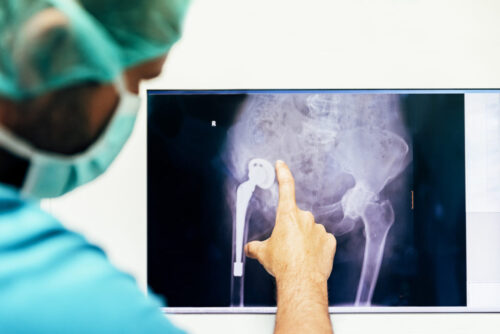Advancements in Technology for Orthopedic Surgery
Orthopedic surgery has come a long way in recent years, with the use of innovative technologies helping to improve patient outcomes and shorten recovery times. One area where technology has made a significant impact is in the treatment of shoulder injuries in La Jolla and beyond.
Arthroscopic Surgery
Arthroscopic surgery is a minimally invasive surgical technique in which an orthopedic surgeon inserts a small camera into the affected area through a small incision. The camera provides a high-resolution image of the joint, allowing the surgeon to see inside without having to make large incisions. This technique is particularly useful in the treatment of shoulder injuries, as it allows the surgeon to access and repair the joint without damaging the surrounding tissues.
Robotic-Assisted Surgery
Another area where technology has made significant advancements is in the use of robotic-assisted surgery. This technique involves the use of a robotic arm, which is controlled by the surgeon using a computer console. The robotic arm is equipped with a camera and surgical instruments, which allow the surgeon to perform complex procedures with greater accuracy and precision. This technique is particularly useful in the treatment of joint replacements, as it allows for a more precise alignment of the implant.
3D Printing
3D printing technology has also made a significant impact on orthopedic surgery. In particular, it is being used to create customized implants and surgical instruments. Using a patient’s CT scan, a 3D printer can create an exact replica of the affected area, allowing the surgeon to create a customized implant that perfectly fits the patient’s unique anatomy. This technique has been particularly useful in the treatment of complex fractures and joint replacements.
Navigation Systems
Navigation systems use a combination of cameras, sensors, and computer software to create a real-time, 3D map of the affected area. This allows the surgeon to track the location and movement of surgical instruments in real-time, providing greater accuracy and precision. Navigation systems are particularly useful in the treatment of complex joint replacements, as they allow the surgeon to ensure that the implant is properly aligned and positioned.
Conclusion
Advancements in technology have had a significant impact on the field of orthopedic surgery, improving patient outcomes and shortening recovery times. From minimally invasive arthroscopic surgery to robotic-assisted joint replacements, these new technologies are transforming the way orthopedic procedures are performed. While there is still much to be learned about these technologies, it is clear that they have the potential to revolutionize the field of orthopedic surgery and improve the lives of millions of patients around the world.



